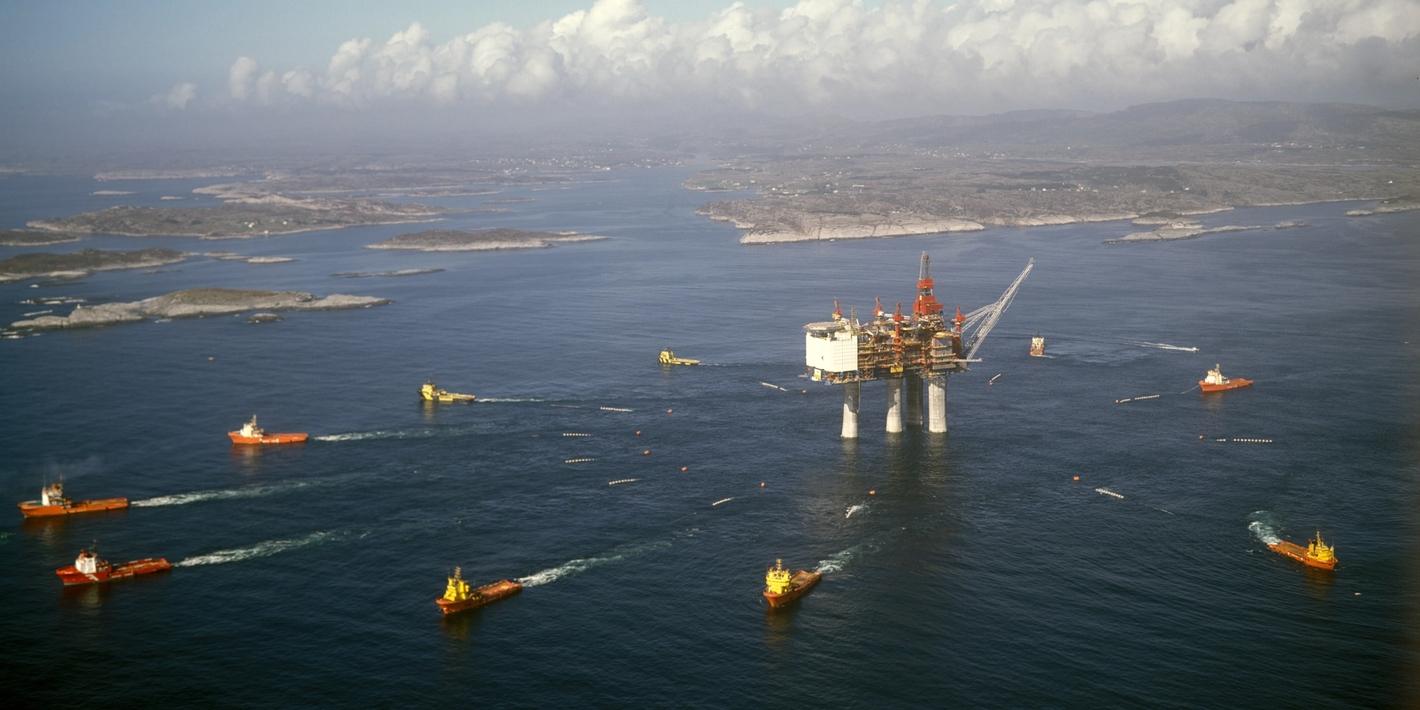We were formed in 1972 as the Norwegian State Oil Company, Statoil, and two years later the Statfjord field was discovered in the North Sea. In 1979, the Statfjord field commenced production, and in 1981 we were the first Norwegian company to be given operator responsibility for a field, at Gullfaks in the North Sea.
We grew substantially in the 1980s through the development of large fields on the NCS (Statfjord, Gullfaks, Oseberg, Troll and others). We also became a major player in the European gas market by securing large sales contracts for the development and operation of gas transport systems and terminals. During the same decade, we were involved in manufacturing and marketing in Scandinavia and established a comprehensive network of service stations.
Since 2000, our business has grown as a result of substantial investments on the NCS and internationally. In 2001, we were listed on the Oslo and New York Stock Exchanges—beginning a new era in the group's history. We expanded into Algeria, Azerbaijan, the Gulf of Mexico, Nigeria and Angola, among others.
Our ability to fully realise the potential of the NCS was strengthened through the merger with Hydro's oil and gas division on 1 October 2007, making us the world's largest offshore operator. After the merger we became a partner in Brazil's Peregrino field, and later operator. We delivered the world’s longest multiphase pipelines on the Ormen Lange and Snøhvit gas fields, and the giant Ormen Lange development project was completed.
In recent years, we have utilised our expertise to design and manage operations in various environments in order to grow our upstream activities outside our traditional area of offshore production. This includes the development of heavy oil and shale gas projects.
Equinor, formerly known as Statoil, has been one of the most important players in the Norwegian oil industry, and has contributed strongly to make Norway into a modern industrial nation. Today, Norway is one of the world's most productive petroleum provinces and a test lab for technology development.
In 2010, we carried out an initial public offering of Statoil Fuel & Retail ASA on the Oslo stock exchange (Oslo Børs), partially divesting and reducing our interest in the business relating to service stations. In 2012, we sold all of our remaining shares in Statoil Fuel & Retail ASA to Alimentation Couche-Tard, who rebranded the service stations to Circle K in 2016.
We are investing actively in new energy, such as offshore wind, and solar energy, in order to expand energy production, strengthen energy security and combat adverse climate change.
In May 2018, our Annual General Meeting voted to change the company name to Equinor to better reflect our evolution and identity as a company for the generations to come.
In 2022, Equinor celebrated 50 years.


